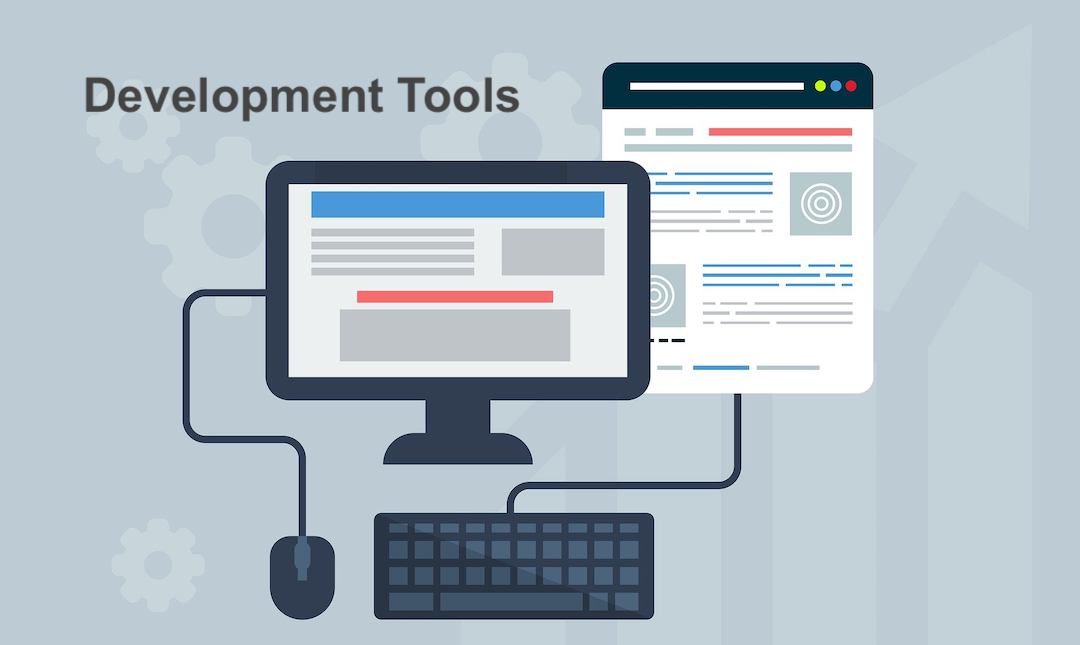
In the software development realm, the efficiency of developer teams has become a critical factor for success. As projects become more complex and deadlines more stringent, the need for tools and techniques that can enhance productivity and streamline workflows is more pronounced than ever. Maximizing team efficiency is crucial for reducing time to market, improving product quality, and enhancing team morale.
This comprehensive guide explores seven essential tools and methodologies that are pivotal in maximizing the efficiency of your developer team. From facilitating better project management and collaboration to ensuring the high quality of code as well as exploring Turing alternatives for hiring developers. By adopting these strategies, your team can achieve better coordination, minimize errors, and deliver exceptional software products efficiently and reliably.
Agile Methodologies
Agile methodologies have transformed the landscape of software development, promoting flexibility, continuous feedback, and rapid adaptability to change. By segmenting projects into small, manageable units and prioritizing direct communication and collaboration, Agile methodologies like Scrum and Kanban facilitate a dynamic work environment where changes can be efficiently incorporated, and the product can evolve based on customer feedback.
1. Scrum
Scrum, a subset of Agile, organizes work into sprints—short, consistent work cycles—allowing teams to focus on delivering specific features or improvements within these time frames. This method emphasizes daily stand-ups, sprint reviews, and retrospectives, fostering an environment of continuous assessment and improvement. By adopting Scrum, teams can enhance their responsiveness to change, improve product quality, and increase customer satisfaction through regular, iterative releases.
2. Kanban
Kanban complements Agile principles by focusing on visualizing the entire project workflow, limiting work in progress, and maximizing flow. By using Kanban boards, teams can easily identify bottlenecks, balance demands with throughput, and achieve a continuous delivery model. This visualization and focus on just-in-time delivery encourage a more efficient allocation of resources and a smoother workflow, enhancing overall team productivity.
Version Control Systems
Version Control Systems (VCS) like Git serve as the foundation for effective team collaboration in software development. They allow developers to work concurrently on code, merge changes seamlessly, and maintain a comprehensive history of modifications. This facilitates a collaborative environment where code integrity is preserved, and team members can work more autonomously yet cohesively.
1. Git
Git, a distributed version control system, is particularly effective for supporting remote or distributed teams. It enables developers to clone a repository, work on it locally, and then push changes back to the central repository. This model supports parallel development, enhances code review processes, and reduces the risk of conflicting changes, thereby fostering a more efficient and collaborative development process.
2. SVN (Apache Subversion)
Subversion (commonly referred to as SVN) was developed by the Apache Software Foundation. It is a centralized version control system designed to manage and track changes to files and directories over time. It is also used as a collaboration tool, and provides version history tracking.
Continuous Integration and Continuous Delivery (CI/CD)
The CI/CD pipeline represents a cornerstone of modern software development practices, automating the integration and deployment phases. Continuous Integration (CI) ensures that code changes are automatically tested and merged into the main branch frequently, thereby identifying and resolving integration issues early. Continuous Delivery (CD) extends this by automating the delivery of the application to selected infrastructure environments, making the release process faster and more reliable.
1. Automating the Development Lifecycle
By automating tasks such as builds, testing, and deployments, CI/CD pipelines minimize manual errors, improve development speed, and enhance the reliability of software releases. This not only accelerates the development cycle but also supports a high-quality product by ensuring thorough testing at every stage of the development process.
2. Enhancing Collaboration and Feedback Loops
CI/CD practices foster a collaborative environment by integrating developers, operations, and quality assurance teams into a unified workflow. This close collaboration, combined with rapid feedback loops, enables teams to address issues swiftly, adapt to changes, and continuously improve product quality and the development process itself.
Code Review Tools
Code review is a critical process in software development, offering numerous benefits including improved code quality, shared knowledge among team members, and early detection of potential issues. Tools like GitHub and Bitbucket enhance this process by providing platforms for peer review, discussion, and collaboration on code changes before they are integrated into the main codebase.
1. GitHub
GitHub's pull request system is a powerful tool for code review, allowing developers to discuss changes, request improvements, and collaboratively approve updates. This process not only improves the quality of the code but also facilitates knowledge sharing and mentorship among team members, contributing to the overall skill development within the team.
2. Bitbucket
Bitbucket offers similar functionalities for code review, with the added benefit of tight integration with CI/CD tools. This enables automatic triggering of builds and tests based on pull requests, further ensuring code quality and streamlining the review process. By incorporating these tools into the development workflow, teams can maintain high standards of code quality, reduce bugs, and foster a culture of continuous learning and improvement.

Project Management Platforms
Effective project management is more important for the success of all software development projects. Tools like Jira, Trello, and Asana offer comprehensive solutions for task management, progress tracking, and collaboration, ensuring that projects remain on schedule and aligned with objectives.
1. Jira
Jira is particularly favored in software development for its customizable workflows, detailed issue tracking, and Agile project management features. It allows teams to plan sprints, track bugs, and manage releases within a single platform, facilitating clear communication and efficient task management across the development lifecycle.
2. Trello and Asana
Trello and Asana provide more straightforward, user-friendly interfaces for task management, making them suitable for teams looking for simplicity and flexibility. These platforms support visual task boards, easy-to-use checklists, and real-time updates, allowing teams to organize work, prioritize tasks, and collaborate effectively, regardless of their geographical location.
Communication and Collaboration Tools
In the age of remote work, effective communication tools are essential for maintaining team cohesion and ensuring smooth collaboration. Slack, Microsoft Teams, and Zoom offer platforms for instant messaging, video conferencing, and document sharing, enabling teams to stay connected and collaborate effectively, regardless of their physical location.
1. Slack
Slack has become a staple for team communication, offering organized chat rooms, direct messaging, and integration with a wide array of development tools. Its capabilities facilitate immediate communication, quick decision-making, and easy sharing of code, documents, and feedback, thereby enhancing team collaboration and productivity.
2. Microsoft Teams and Zoom
Microsoft Teams and Zoom extend communication capabilities with robust video conferencing features, screen sharing, and file collaboration. These tools are indispensable for remote or hybrid teams, allowing for effective virtual meetings, live coding sessions, and collaborative problem-solving, thus bridging the gap between team members and fostering a cohesive work environment.
Conclusion
Maximizing the efficiency of developer teams is a multifaceted challenge that requires a strategic approach and the adoption of effective tools and methodologies. By embracing Agile practices, leveraging version control systems, implementing CI/CD pipelines, conducting thorough code reviews, utilizing comprehensive project management platforms, and ensuring seamless communication and collaboration, teams can significantly enhance their productivity, quality of work, and project outcomes.
These tools and techniques not only streamline the development process but also foster a culture of continuous improvement, collaboration, and high performance. As the technology landscape continues to evolve, staying ahead of these trends and adopting best practices will be key to maintaining competitive advantage and achieving success in the fast-paced world of software development.
Share this post
Leave a comment
All comments are moderated. Spammy and bot submitted comments are deleted. Please submit the comments that are helpful to others, and we'll approve your comments. A comment that includes outbound link will only be approved if the content is relevant to the topic, and has some value to our readers.

Comments (0)
No comment